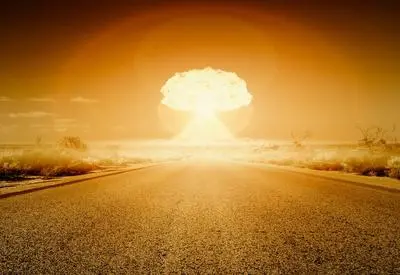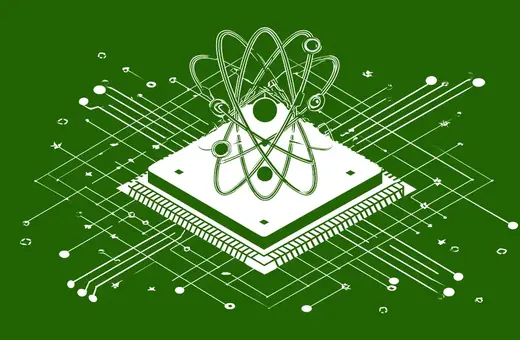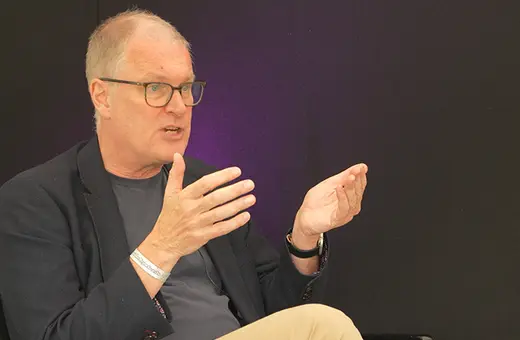Nuclear energy is both lauded as a baseload renewable power and decried as risky, expensive and outdated technology. Small modular reactors have received billions in venture capital and unprecedented media attention, but are they a red herring, with philosophy, rather than science, driving our fixation? Professor Allison Macfarlane explores the current sombre state of the technology, where it is falling short, and what philosophy is driving the interest in this unpromising tech.
From the inception of Oppenheimer's harnessing of the power of the atom, first as a device for war, and later, as a means of peaceful energy production, nuclear energy has possessed both promise and peril. With large nuclear power plants struggling to compete in a deregulated marketplace against renewables and natural gas, small modular reactors (SMRs) offer the promise to save the nuclear energy option. In the past few years, investors, national governments, and the media have paid significant attention to small modular nuclear reactors as the solution to traditional nuclear energy’s cost and long build times and renewable's space and aesthetic drawbacks, but behind the hype there is very little concrete technology to justify it. By exploring the challenges facing small modular reactor technology, I will demonstrate that this resurgence in nuclear energy speaks to the popular imagination, rather than materializing as actual technological innovation.
News broke last week that Oklo, a company that has designed an advanced micro-nuclear power plant, will go public via a merger with AltC Acquisition Corporation. Co-founder of AltC Acquisition and Chair of Oklo’s board, Sam Altman, hopes to raise US$500 million with this offering. Oklo’s news is a sample of the almost-constant barrage of excitement around the potential of small modular reactors (SMRs) to help mitigate climate change.
But can they?
 SUGGESTED READING
The truth about nuclear deterrence
By Herbert Lin
SUGGESTED READING
The truth about nuclear deterrence
By Herbert Lin
The Oklo story is intriguing, since its license application to build and operate its Aurora design reactor was outright rejected by the U.S. Nuclear Regulatory Commission, the country’s nuclear safety regulator (full disclosure: I was Chairman of the NRC from 2012-2014). And note that such rejection is an accomplishment: the NRC rarely outright rejects an application, instead working with licensees until they either get the application right or decide to walk away. In this case, Oklo refused to fill “information gaps” related to “safety systems and components.”
___
Most of these designs are just that: designs. Very few of the proposed SMRs have been demonstrated and none are commercially available.
___
There are many new SMR companies in the U.S., Canada, U.K., Europe, China, and elsewhere, and the reactor designs themselves are numerous as well. There are smaller versions of existing light water reactors, like those in the U.S., France, Japan, and elsewhere. There are more “advanced” designs like sodium-cooled fast reactors (like Oklo and Bill Gate’s company Terrapower’s design), high-temperature gas reactors, and molten salt reactors.
Most of these designs are just that: designs. Very few of the proposed SMRs have been demonstrated and none are commercially available, let alone licensed by a nuclear regulator. In engineering, new technologies proceed from the design phase, through the demonstration phase (usually at a small scale), to the full scale and commercial phase. During each phase, changes are made to the design based on feedback of what did and didn’t work.





















Join the conversation